The Origins of Wine Grapes
Wine grapes have been part of human history for thousands of years, evolving alongside civilizations and agricultural practices. The story begins with Vitis vinifera, the common grape species responsible for nearly all wine production today. Archaeological findings suggest early cultivation as far back as 6,000 to 8,000 years ago in regions that are now part of modern-day Georgia and Iran. Ancient cultures such as Egypt and Mesopotamia embraced grape growing and winemaking, using early techniques that would lay the groundwork for viticulture as we know it.
These early efforts were not accidental. Natural selection and human cultivation played defining roles in refining grape varieties over generations. Growers favored vines that offered better flavor, stronger resilience, and higher yields, leading to the domesticated varieties that now dominate global vineyards. This blending of nature and human ingenuity ensured that grape growing would continue to thrive and diversify, setting the stage for the vast range of wine styles and sparkling wines like Champagne that we enjoy today.
Today, the appreciation of wine extends into moments of celebration—whether savoring a glass after you’ve moved into a new house, hosting a gathering, or marking milestones with friends and family. Accessories such as premium corkscrews, glassware collections from brands like Wine-n-Gear, and handcrafted Champagne sabers from California Champagne Sabers enhance these experiences. They transform everyday rituals into memorable traditions, honoring the craftsmanship behind every bottle. Understanding the ancient roots of wine grapes highlights how tradition, innovation, and environment have always intertwined. Every pour carries the spirit of the first cultivators, making the exploration of grape varieties even more rewarding when paired with the artistry and joy that surround them.
Red Wine Grapes: Richness and Complexity
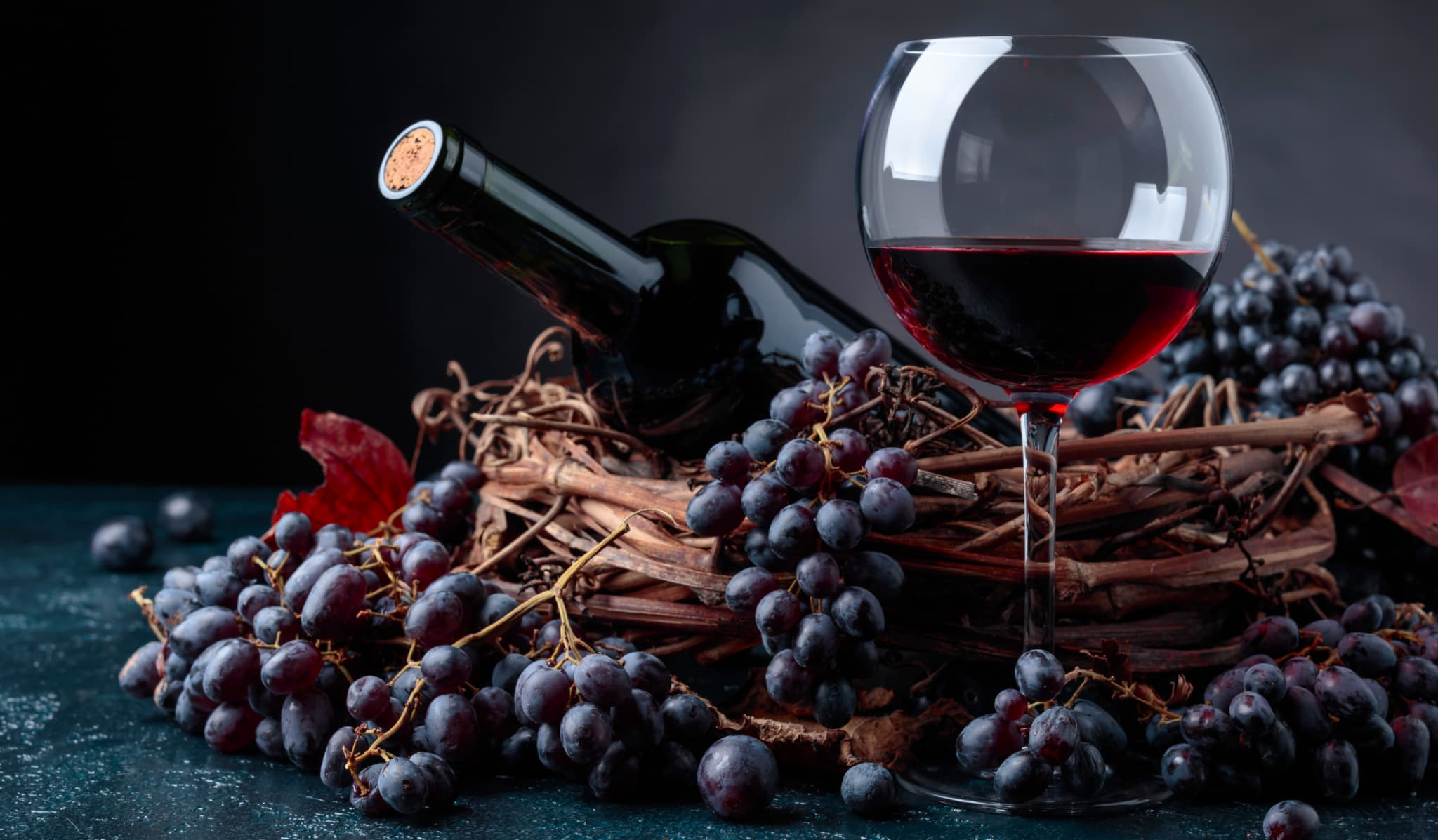
Red wine grapes are known for producing wines with structure, depth, and a remarkable ability to evolve over time. Their skins, rich in tannins and pigments, contribute not only to the color but also to the mouthfeel and aging potential of the wines they create. Among the many varieties available, a few have captured global attention for their distinct qualities:
- Cabernet Sauvignon: Celebrated for its bold tannins, dense dark fruit flavors, and strong backbone, making it a favorite for long-term aging.
- Pinot Noir: A notoriously delicate grape with a thin skin, offering ethereal notes of red berries, earth, and floral nuances, beloved for its elegance and subtlety.
- Syrah/Shiraz: Produces powerful, full-bodied wines with layers of blackberry, plum, black pepper, and sometimes smoky or meaty elements depending on the region.
- Merlot: Known for its softer tannins and plush flavors of plum, black cherry, and chocolate, often delivering a smoother, fruit-forward wine style.
- Malbec: Originating from France but thriving in Argentina, this grape yields rich, dark wines with flavors of blackberry, cocoa, and a hint of spice.
- Zinfandel: Offers jammy red and black fruit flavors, often accented with pepper and licorice, ranging from bold and intense to lighter, fruitier styles.
Each of these grapes thrives under particular conditions and brings something unique to the glass. Cabernet Sauvignon flourishes in warm climates like Napa Valley, while Pinot Noir prefers cooler, temperate zones such as Burgundy or Oregon. Syrah’s bold character can reflect both Old World and New World winemaking styles, offering a spectrum of flavors depending on terroir and technique. Merlot’s versatility makes it popular across regions, while Malbec’s rise in South America has given it a distinct global identity. Zinfandel, with its expressive fruit, stands as a hallmark of California viticulture.
White Wine Grapes: Crispness and Elegance
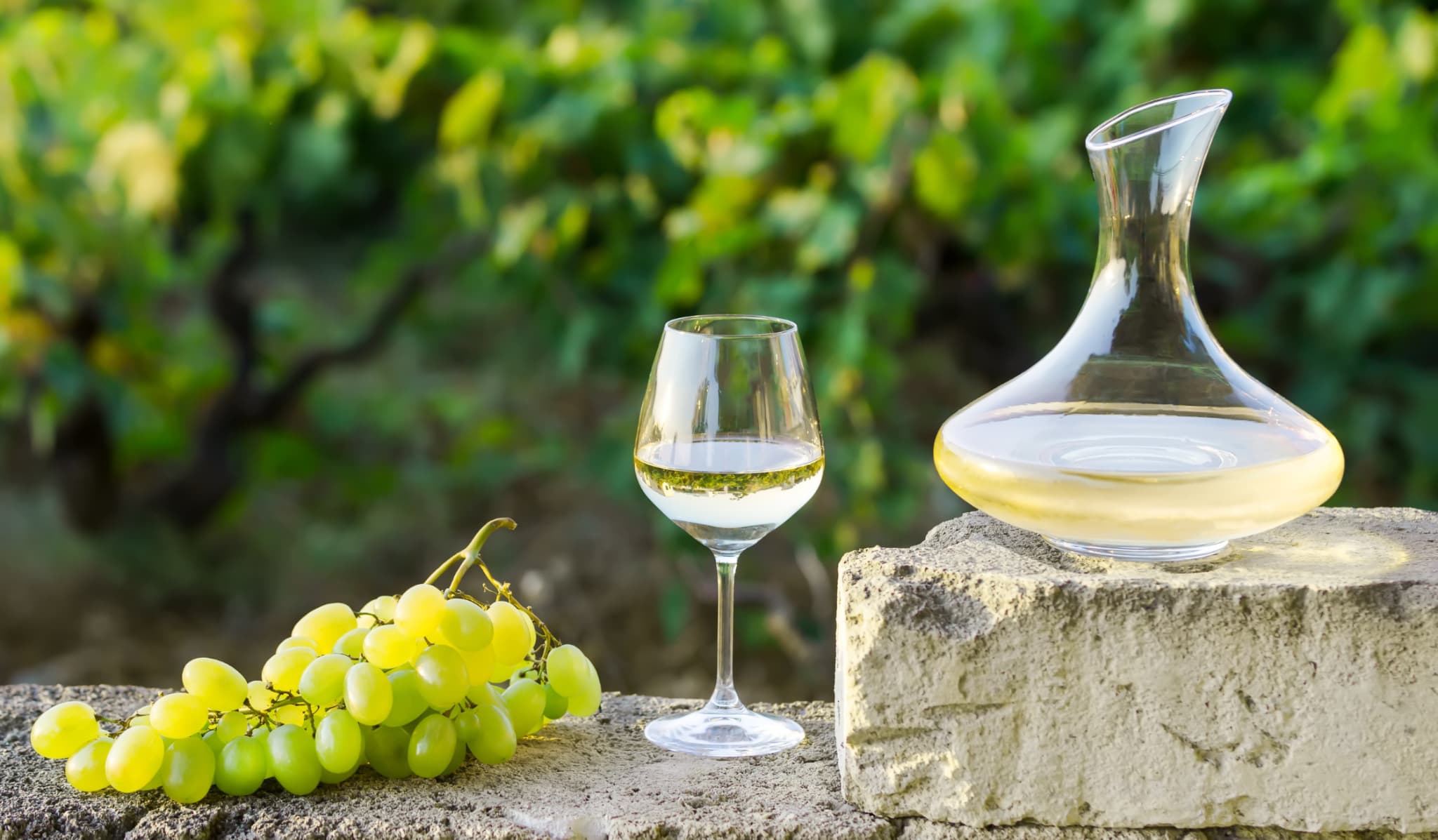
While reds often dominate discussions about complexity, white wine grapes deliver their own expressions of finesse, vibrancy, and texture. Their versatility and ability to mirror terroir have made several varieties globally revered, including those essential to Champagne production. Key examples include:
- Chardonnay: One of the most adaptable grapes, it can yield rich, buttery wines when aged in oak, crisp mineral-driven styles in cool climates, and elegant, structured sparkling wines in Champagne blends.
- Sauvignon Blanc: Distinguished by its lively acidity, herbal and grassy notes, and tropical fruit accents, especially when grown in places like Marlborough, New Zealand.
- Riesling: Offers an aromatic spectrum that ranges from citrus and green apple in dry styles to honeyed apricot in sweeter versions, always underpinned by a crisp acid backbone.
- Pinot Grigio/Pinot Gris: Known for its refreshing, light-bodied character with flavors of pear, apple, and delicate floral notes, popular in Italy and Alsace.
- Gewürztraminer: Highly aromatic, producing wines with distinctive lychee, rose petal, and spice aromas, often enjoyed slightly off-dry or sweet.
Viognier: A full-bodied white grape offering lush textures and aromas of peach, tangerine, and honeysuckle, commonly found in the Rhône Valley and California. - Pinot Meunier: Offers roundness and fruitiness, softening blends and enhancing early drinking appeal.
These white grape varieties open up endless opportunities for pairing with a wide range of cuisines and occasions. Chardonnay’s ability to shine across still and sparkling wines underlines its importance worldwide. Riesling’s acidity makes it ideal for spicy dishes, while Sauvignon Blanc’s brightness refreshes the palate with every sip. Pinot Grigio offers crispness ideal for light fare, Gewürztraminer brings an exotic touch to Asian cuisines, and Viognier’s richness pairs beautifully with roasted poultry and creamy sauces.
Lesser-Known Varieties Worth Discovering
Venturing beyond the most famous grape names often rewards drinkers with unexpected and delightful experiences. Several lesser-known varieties offer excellent wines, deeply rooted in the traditions of their native lands. Highlights include:
- Tempranillo: Spain’s signature red grape, providing the backbone for classic Rioja wines, known for flavors of dried cherry, leather, and spices with excellent aging ability.
- Albariño: A zesty and aromatic white grape from coastal Spain and Portugal, delivering flavors of citrus, peach, and salinity, perfect for seafood pairings.
- Grenache: A versatile grape responsible for fruity rosés, robust blends like Châteauneuf-du-Pape, and increasingly respected single-varietal red wines.
- Grüner Veltliner: Austria’s flagship white grape, offering crisp acidity, notes of lime, white pepper, and green apple, often paired beautifully with vegetable-driven dishes.
- Tannat: Originally from southwest France but now thriving in Uruguay, known for deeply tannic, bold red wines with black fruit and earthy undertones.
- Carignan: A Mediterranean red grape prized for its vibrant acidity, rustic character, and flavors of red berries, dried herbs, and spice, especially when sourced from old vines.
Exploring these varieties can broaden the palate and introduce new perspectives on regional winemaking traditions. Their rising popularity reflects a growing global curiosity about diverse flavor profiles and authentic regional expressions. Delving into lesser-known grapes often leads to discovering exceptional quality, hidden gems, and a deeper appreciation for the breadth of viticultural heritage around the world.
How Terroir Shapes Grapes and Wine
The concept of terroir — the complete natural environment in which a grapevine grows — profoundly influences the flavor, structure, and character of wine. Elements like soil composition, climate, elevation, and even vineyard aspect work together to shape grape development and, by extension, the final wine. Small differences in temperature or drainage can result in dramatically different wine styles, even from the same grape variety.
Examples highlight this relationship clearly:
- Napa Valley’s Cabernet Sauvignon: Often exhibits lush blackberry fruit and plush tannins due to the region’s warm, sunny days and cool evenings.
- Burgundy’s Pinot Noir: Known for its earthy aromas, delicate red fruit notes, and silky texture, nurtured by the limestone-rich soils and cool climate of the region.
- Marlborough’s Sauvignon Blanc: Characterized by intense aromatics and zesty acidity, shaped by abundant sunshine and maritime influences.
Recognizing how terroir shapes wine enhances appreciation and understanding. It shifts focus from grape variety alone to the interplay between nature, geography, and human stewardship, offering a richer wine experience.
How Grape Harvest Timing Shapes Wine Quality
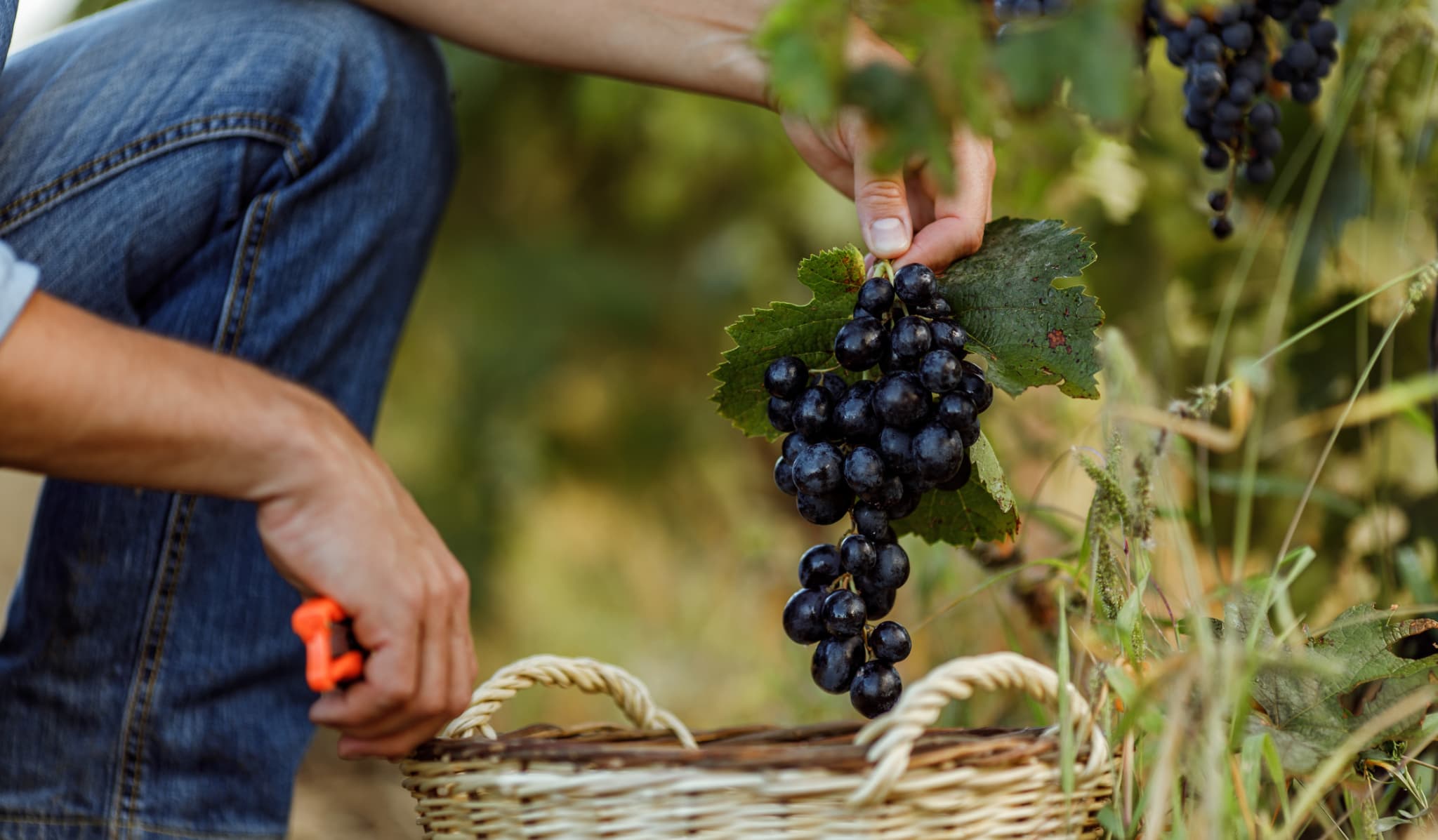
The timing of the grape harvest plays an important role in determining the final character of a wine. Picking grapes too early or too late can dramatically influence acidity, sugar levels, tannin development, and aromatic complexity. For winemakers, choosing the exact moment to harvest is both a science and an art, balancing technical measurements with sensory evaluation.
Early harvests often produce wines with higher acidity and fresher fruit profiles, ideal for crisp whites, sparkling wines like Champagne, and lighter reds. Later harvests, by contrast, allow for greater sugar accumulation, yielding fuller-bodied wines with riper fruit notes and deeper concentration.
Factors influencing harvest decisions include weather conditions, grape variety, desired wine style, and the specific goals of the winery. In cooler climates, growers may face pressure to harvest before autumn rains threaten quality. In warmer regions, controlling ripeness to preserve freshness becomes a priority.
Understanding the importance of harvest timing adds another layer to appreciating how nuanced and intentional the winemaking process truly is. Every decision, from vineyard to cellar, begins with the grapes—and the moment they are picked shapes the entire journey that follows.
Tips for Exploring Grape Varieties at Home
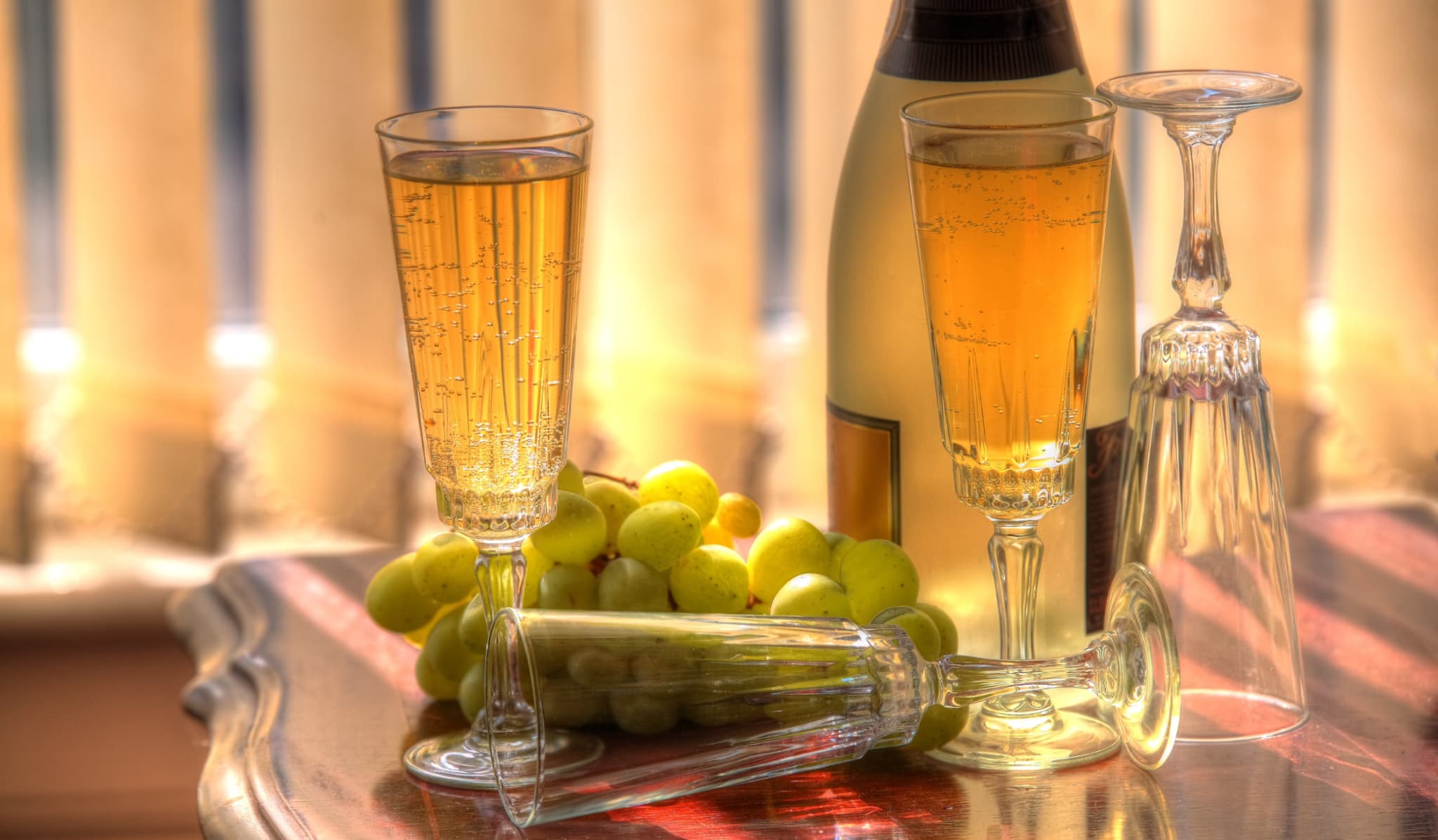
Diving into the world of grape varieties does not require formal training or travel to distant vineyards. With a little curiosity and intention, wine enthusiasts can explore a broad range of grapes from the comfort of home. Here are a few easy strategies to expand grape knowledge:
- Try a varietal tasting: Focus on one grape variety and sample bottles from different regions to experience how terroir impacts flavor.
- Keep a wine journal: Record tasting notes, flavor impressions, and personal preferences to build a deeper understanding of what appeals to your palate.
- Attend local tastings or virtual wine classes: These experiences offer guided introductions to new grapes, often with expert insights that deepen appreciation.
- Explore lesser-known varieties: Step outside the familiar by tasting grapes like Grillo, Touriga Nacional, or Assyrtiko.
- Pair wines with different cuisines: Notice how grape characteristics complement various dishes, enhancing both food and wine.
Engaging with different grape varieties over time creates a more refined palate and a greater ability to navigate wine menus and labels with confidence. The world of wine grows exponentially richer when approached through exploration and personal discovery.
How Grapes Influence Wine Styles
Grapes are the architects behind every wine style, shaping everything from mouthfeel to aging potential. Each grape variety brings distinct natural traits that winemakers either highlight or refine through their techniques. Acidity, tannin, sugar content, and aromatic intensity all trace back to grape biology, making an understanding of these traits essential to appreciating wine's diversity.
Several key grape-driven factors shape wine style:
- Acidity levels: Grapes like Sauvignon Blanc and Chenin Blanc create bright, crisp wines with refreshing finishes.
- Tannin content: Grape skins and seeds contribute tannins, as seen in structured reds like Cabernet Sauvignon and Nebbiolo.
- Sugar concentration: High-sugar grapes such as Muscat or late-harvest Riesling yield luscious, sweet dessert wines.
- Color pigments: Dark-skinned grapes like Syrah and Malbec produce wines with deep, intense hues.
- Aromatic compounds: Grapes like Gewürztraminer and Viognier are known for their floral and tropical aromatic intensity.
Winemakers manipulate these natural elements through fermentation, aging, and blending, but it is the grape itself that sets the foundation for every wine’s ultimate expression.
Grape Growing Around the World
Expanding slightly here to include Champagne as an iconic region:
Some notable grape-growing regions and their hallmark grapes include:
- France: Cabernet Sauvignon in Bordeaux, Pinot Noir and Chardonnay in Burgundy, Syrah in the Rhône Valley, and Chardonnay, Pinot Noir, and Pinot Meunier in Champagne.
- Italy: Sangiovese from Tuscany, Nebbiolo from Piedmont, and indigenous varieties like Vermentino and Nero d’Avola.
- Spain: Tempranillo in Rioja, Garnacha in Catalonia, and Albariño on the Atlantic coast.
- United States: Cabernet Sauvignon and Chardonnay in California, Pinot Noir in Oregon, and Zinfandel from California's historic vineyards.
- Australia: Shiraz from Barossa Valley, Chardonnay from Margaret River, and Grenache emerging in cooler areas.
- Chile and Argentina: Malbec flourishing in Mendoza’s high altitudes, Carmenère in Chile’s Maipo Valley.
- South Africa: Chenin Blanc and Pinotage leading the resurgence of distinctive Cape wines.
Including Champagne in the landscape of global viticulture highlights how sparkling wine grape cultivation shares the same deep ties to terroir, tradition, and innovation as still wines around the world.
Celebrating the Journey of Grapes Across History and Glass
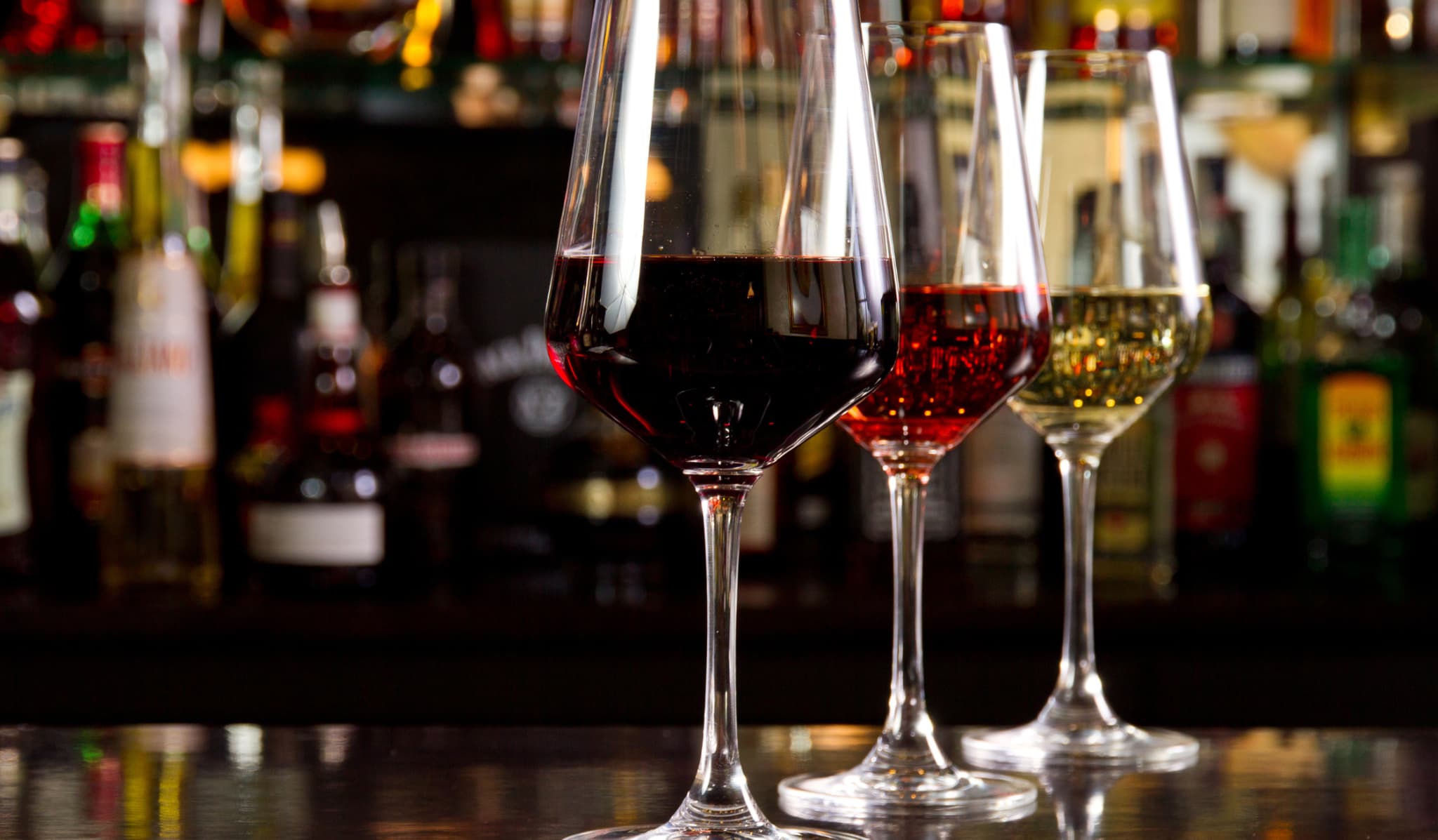
From the first cultivated vines of ancient civilizations to the refined wines and Champagnes enjoyed around the world today, grapes have remained at the heart of human connection, craftsmanship, and celebration. Their resilience, diversity, and ability to reflect the places where they are grown continue to inspire new generations of growers, winemakers, and wine lovers alike.
Whether exploring a bold Cabernet Sauvignon, savoring a crisp Chardonnay, or marking milestones with a bottle of Champagne, every glass tells a story that spans centuries. The simple act of opening a bottle, pouring a glass, or sharing a toast continues the traditions that have shaped cultures and celebrations for millennia.
Understanding the world of grape varieties opens the door to a richer, more meaningful wine experience. It invites a deeper appreciation for the land, the craftsmanship, and the timeless joy that wine brings to every table, every gathering, and every shared moment.
